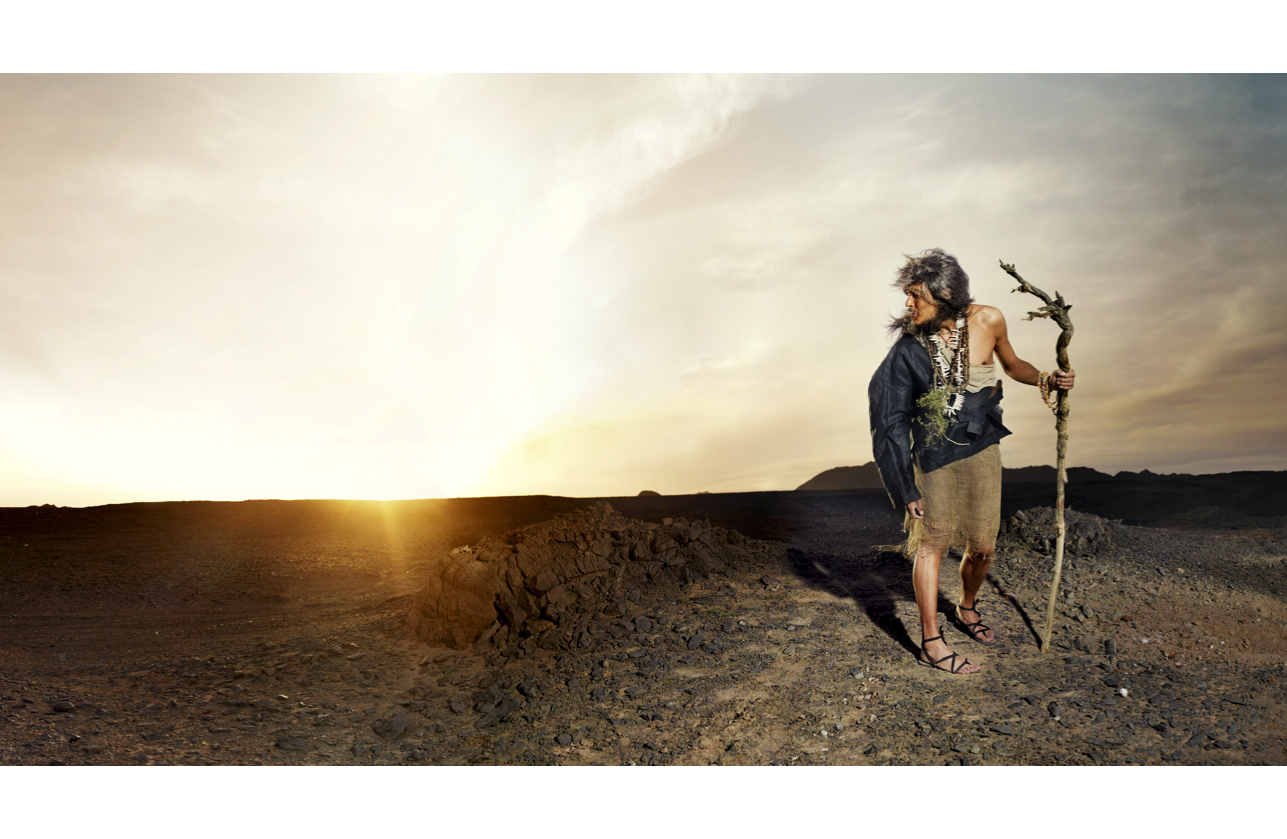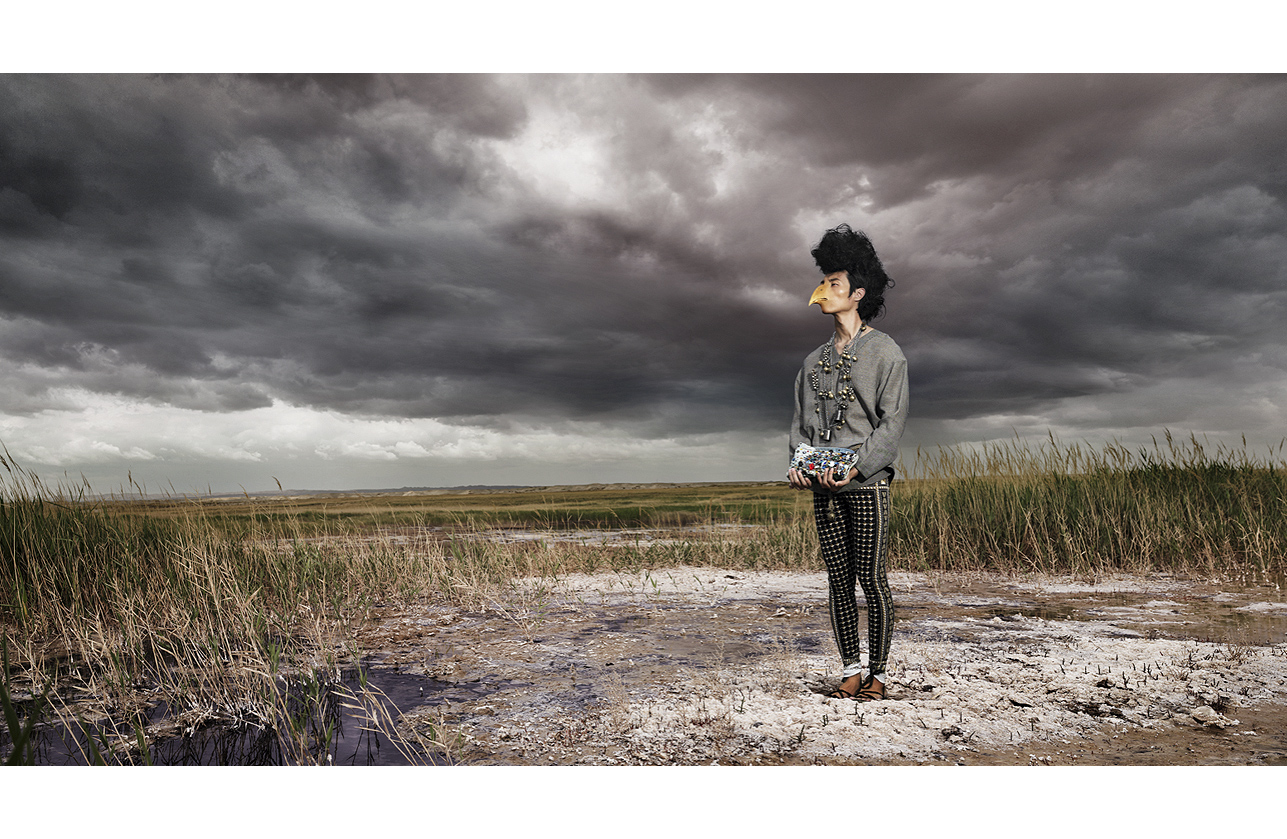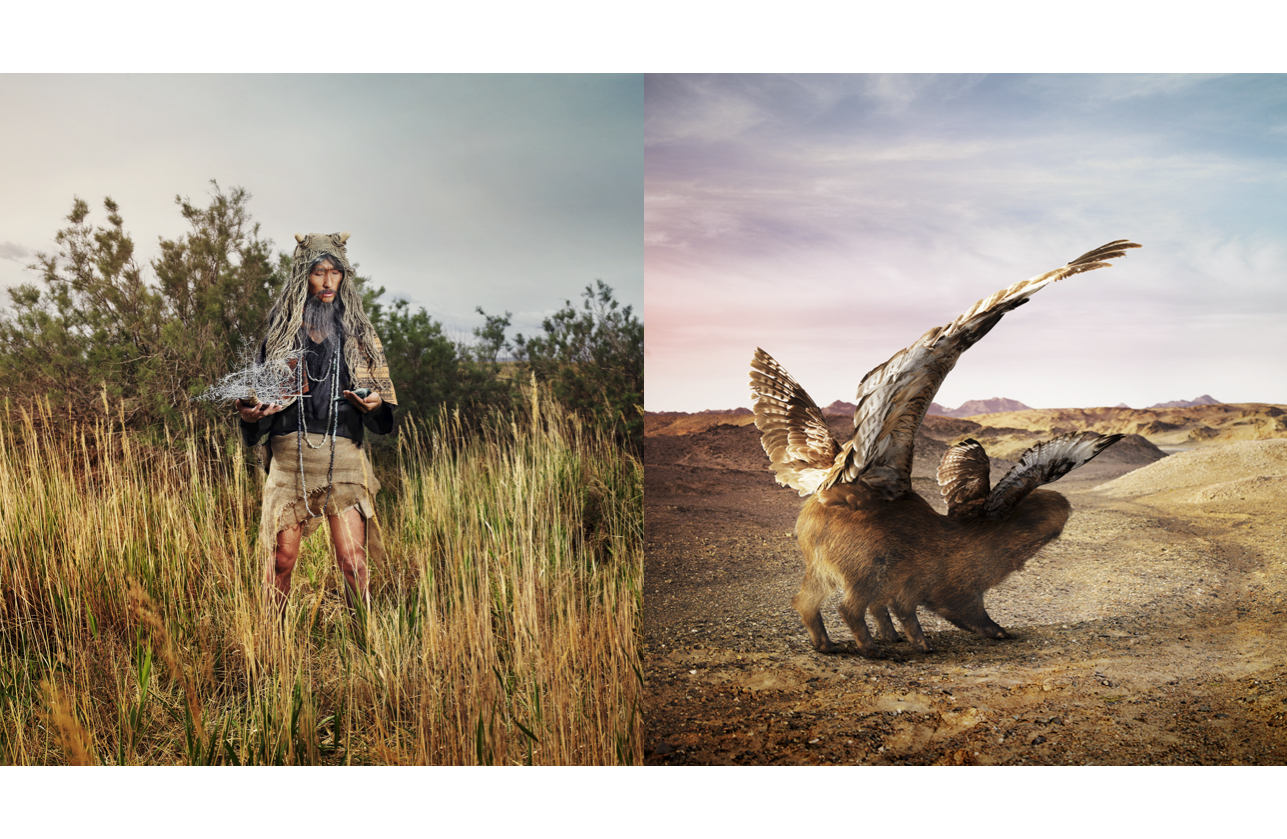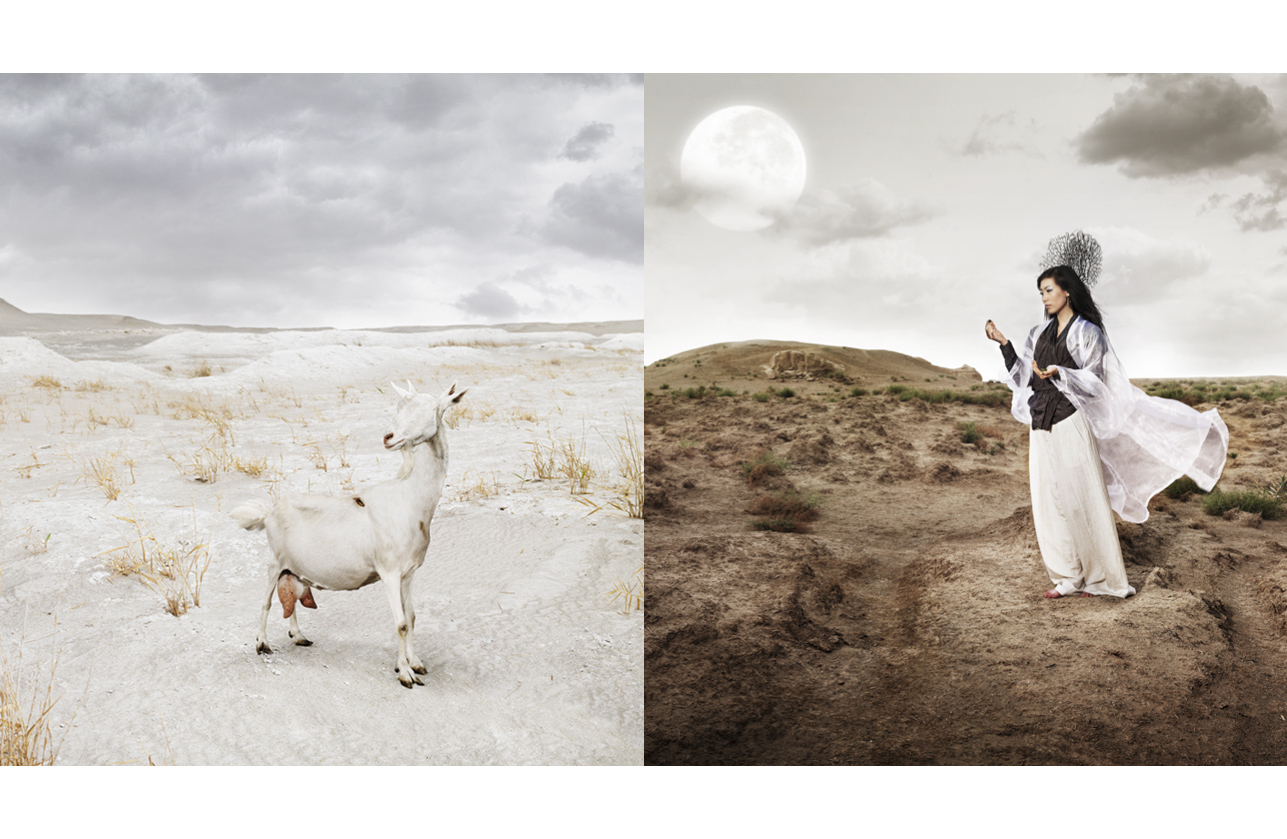-
2010, joined For Him Magazine in launching the Shan Hai Jing series
-

-
Gambiered silk, Nuwa, Shan Hai Jing
Subversive gambiered silk, the ancient context of fashion

Shan Hai Jing, an ancient book from the pre-Qin era, is the most ancient book of geology, rich in myths and legends. It mainly depicts geology, property, myths, wizardry, religion and so on in ancient times. It also covers ancient history, pharmacy, folklore and nationality. It records some strange events in the form of a journal, events which are still discussed today.

Shan Hai Jing has long been deemed ‘preposterous’. Sima Qian, a historian who was brave enough to break the shackles of Shang Shu (The Book of History) and dated the ancient history of China to Emperor Yan and Huang, said that he dared not describe all the monsters in Yu Ben Ji and Shan Hai Jing. It could be ascribed to the book formation process from figure to characters in Shan Hai Jing. For example, in Hai Wai Dong Jing, it recorded that ‘Gong Chong lies in the north. It has two heads. One saying goes that it is in the northern sphere of Junzi Kingdom’. According to the forecast that figures predate the book of Shan Hai Jing, The Drawing of Shan Hai Jing shows a ‘rainbow’ in the northern part of Junzi Kingdom, an indicator that it was frequented by rainbow. The graphic character back then bears semblance to the character ‘Hong’ (rainbow) in Oracle, an image of a raindow with two heads at two ends (see in Ancient Chinese Characters by Xiong Guoying). Later-comers then worked on Shan Hai Jing following The Drawing of Shan Hai Jing some hundred years later. The author was not possibly a linguist. The character ‘Hong’, as seen in Cai Hong (rainbow), is the combination of ‘Gong’ and ‘Chong’ the two characters, so rainbow overstated to ‘have two heads’. Descendants were unaware whether it depicted a rainbow in the sky or a two-headed monster. Even Sima Qian ‘could not describe it’.

Shan Hai Jing is subversive with its unmatched monsters in a well-reasoned way.

The group of images created by Gambiered Silk and For Him Magazine subverted Gambiered Silk’s otherwise low-key image. It redefined the relationship between ancient times and the present day with a brand new image. With five articles in Wu Zang Shan Jing and four articles for Hai Wai Jing as a section, four articles of Hai Nei Jing as a section, five articles of Da Huang Jing and one article of Shu Mo Hai Nei Jing as a section, each section is soundly structured, consistent and with clear outline. The section of Wu Zang Shan Jing shows parts in the sequence of the south, west, north, east and the middle. Each article is divided into several parts. The previous part is linked to the later part in correlated wording so that the logic between chapters are distinct to see.




